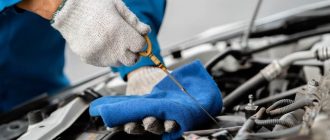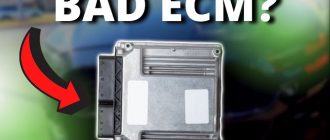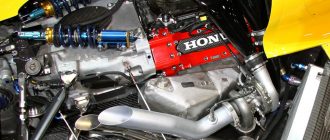What to Do if Your Car Engine Overheats
Pull Over and Turn Off the Engine
If your car’s engine starts to overheat, the first thing you should do is pull over to a safe location and turn off the engine. This will help to prevent further damage to the engine.
Check the Coolant Level
Once you have pulled over, check the coolant level in your car’s radiator. If the coolant level is low, add more coolant until it reaches the proper level. You can usually find the coolant reservoir under the hood of your car.
Check for Leaks
If the coolant level is low, you should check for leaks in the cooling system. Look for any signs of fluid leaking from the radiator, hoses, or water pump. If you find a leak, you will need to have it repaired before you can drive your car again.
Let the Engine Cool Down
Once you have checked the coolant level and checked for leaks, you should let the engine cool down for at least 30 minutes. This will give the engine time to cool down and prevent further damage.
Restart the Engine
After the engine has cooled down, you can restart it and check to see if the overheating problem has been resolved. If the problem persists, you should take your car to a mechanic for further diagnosis.
Causes of Engine Overheating
There are a number of things that can cause your car’s engine to overheat, including:
- A low coolant level
- A leak in the cooling system
- A faulty thermostat
- A clogged radiator
- A faulty water pump
Preventing Engine Overheating
There are a few things you can do to help prevent your car’s engine from overheating, including:
- Check the coolant level regularly and add coolant as needed.
- Inspect the cooling system for leaks regularly.
- Have the thermostat checked and replaced if necessary.
- Clean the radiator regularly to remove any dirt or debris that may be blocking the airflow.
- Replace the water pump if it is faulty.
Conclusion
Engine overheating is a serious problem that can cause extensive damage to your car’s engine. If your car’s engine starts to overheat, it is important to pull over to a safe location and turn off the engine immediately. Check the coolant level and check for leaks. Let the engine cool down for at least 30 minutes and then restart it. If the problem persists, you should take your car to a mechanic for further diagnosis.




